So you’ve finally found the time, money and means to install that perfect riding arena you’ve been dreaming about. Whether you’re sitting on your own private horse property or you’re managing or own your own equine facility, a practical and well thought out arena space can be the key to your happiness and success. If you’re in the business of training or boarding, having a well-groomed and spacious arena is a feature that can boost you into the ranks as a premier equestrian facility. At this point, we’ll assume you know what sports you’ll serve, found a good spot, and determined the best practical measurements. Is your layout for a reining barn? Maybe your client’s needs call more for a dressage arena; maybe group lessons is more your forte? Regardless your equine passion, one of the most important pieces to your new workspace happens to be the footing.
Setting your arena up for success should be first. Make sure your arena size is big enough, and more importantly, ensure you have the maximum benefits of efficient drainage underneath your ideal footing. An arena that doesn’t drain correctly means mud, puddles and potential loss of business and quality time in the saddle for you further down the road.
There’s a huge variety in quality and type when it comes to arena footing. Here we’ll delve into some of the most popular types of footing, as well as their best applications.
The Top 6 Arena Footings –
- Sand Footing – Sand is an old and reliable favorite. Make sure you do local research, as sand types, particle sizes, mineral composite, impurities and even shape are some of the things that will vary from region to region. If maintained appropriately, sand is still one of the most commonly used and it can be the least expensive. The key here is maintenance. If you’re a stickler for dragging, watering and diligent up-keep, sand can be a fantastic investment.
- Wood Footing – Your options with wooden footing are more plentiful than one might imagine. Bark, shavings, wood chips and shredded fibers to name a few. Few barn owners utilize wood products as their primary footing, so a nice additive to a wood arena footing can be a sand/wood mixture.
- Dirt Footing – Depending on location, dirt footing may be the cheapest and most convenient type of arena footing. For many horse properties, all that’s required for dirt footing is to dig up, grind up and even out existing dirt. Mixing the dirt with sand can keep texture consistent and help from packing, but no matter where you are in the country, clay and silt are usually already on site. The biggest downside to dirt arenas are drainage. Mud, packing, and water build up can be common problems with a dirt arena.
- Rubber Footing – Rubber has become more and more popular as a supplemental material over the last decade. Not meant to stand alone, mulched tires, running shoe soles, or grated industrial rubbers are shredded up and mixed in with existing footing. Rubber mulch in riding arenas has gained popularity for its ability to adapt when used in conjunction with other mediums.
- Stone Dust Footing - Much like sand, stone dust comes in a variety of shapes and sizes. Many stable owners consider stone dust as an arena base. It has great drainage but has a tendency to harden and pack without thorough maintenance. Sometimes mixed with sand, stone dust can balance out, thicken up, or help with sand footing consistency.
- Fiber Footing- Geotextiles are popular both as the predominate footing, and to rejuvenate or stabilize existing footing. Fiber is most commonly made up of shredded bath mats, tennis shoe rubber and shredded carpet fibers. It has become more common as when it’s properly paired with a sand or rock sand base, it provides great traction, deep footing and a practical amount of give.
Once you’ve chosen your footing, you’ll want to research additives to help boost its benefits. From oil, to polymer-fused, wax-coated, conditioners and other bonding agents will help keep dust down and ensure a long life. It’s important to research maintenance methods and overall care of any type of footing you choose, as well as what is most suited to your region.
Knowing how many types of footing there are available to you can make the task of choosing what’s right for your horse stable a bit more complicated. The benefits of having a great arena on site however, will be absolutely worth the headache!

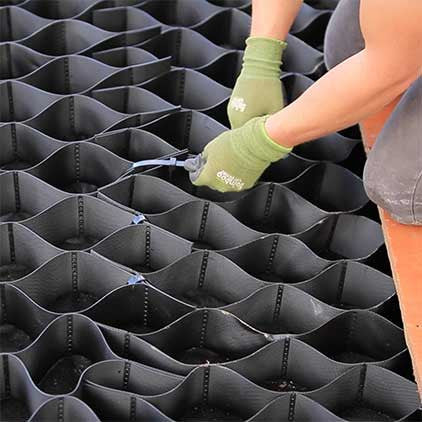
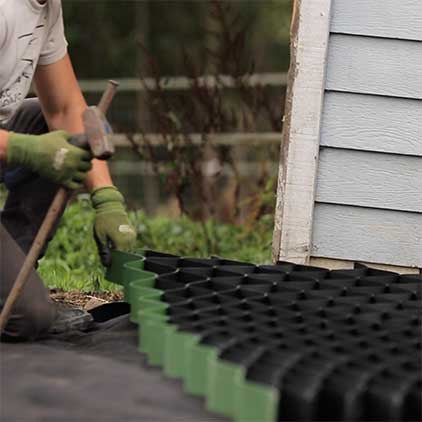
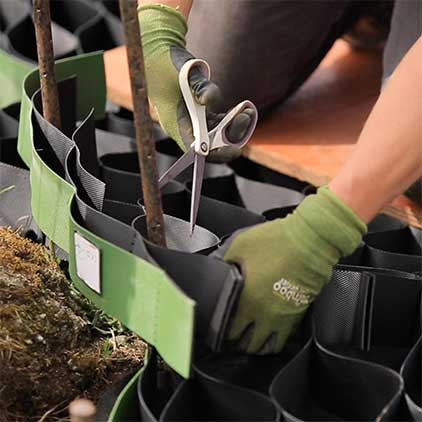
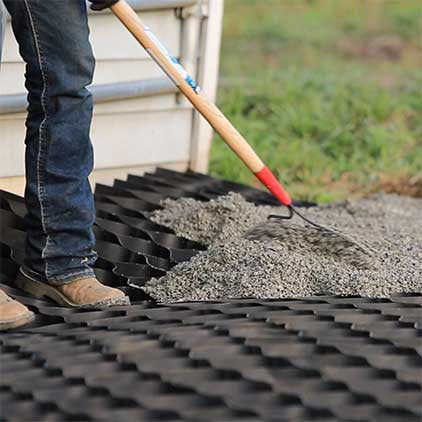
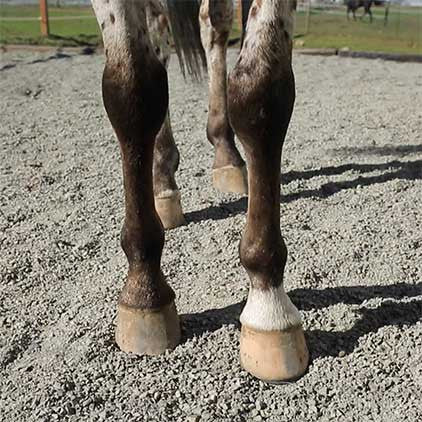
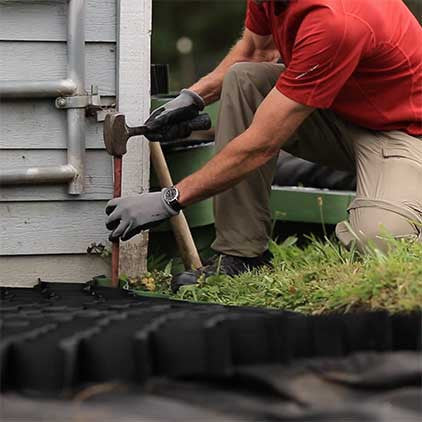
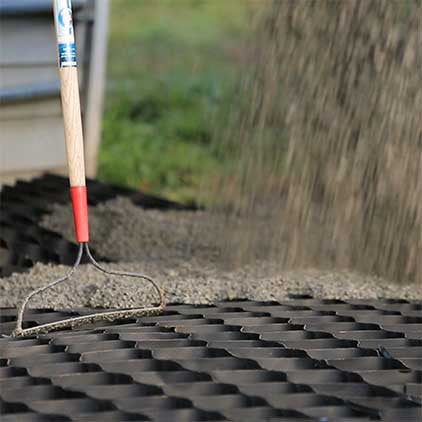
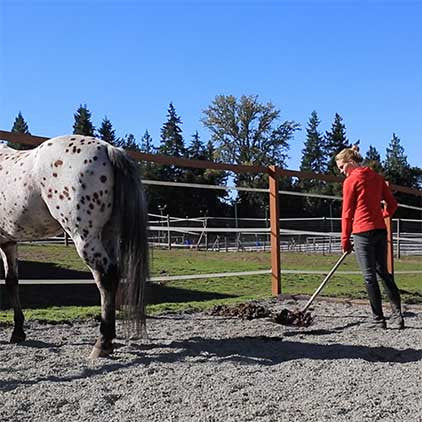
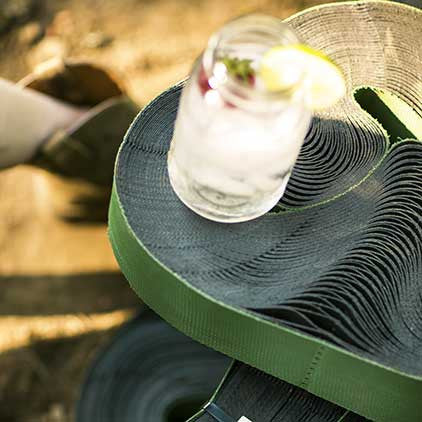

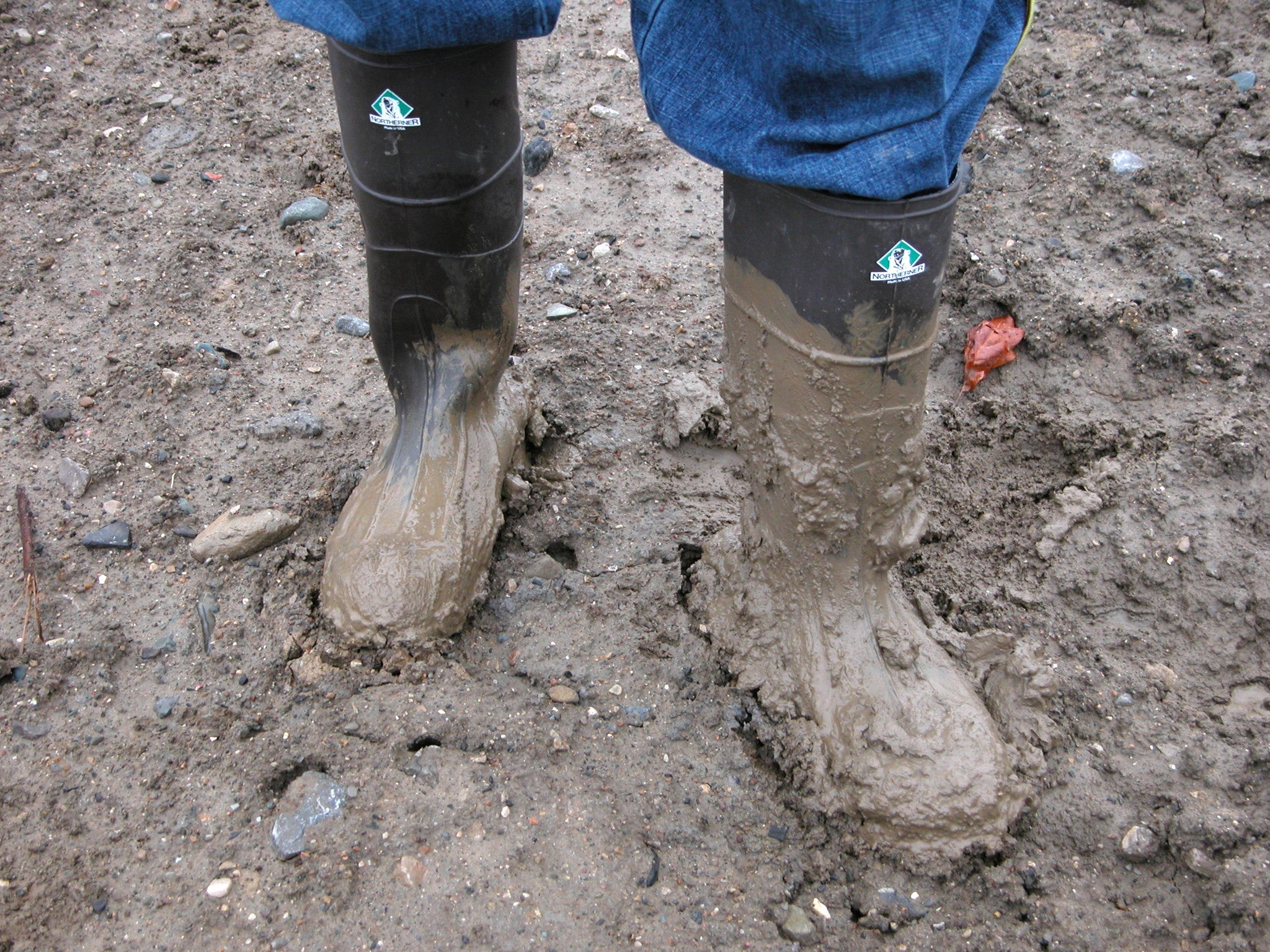
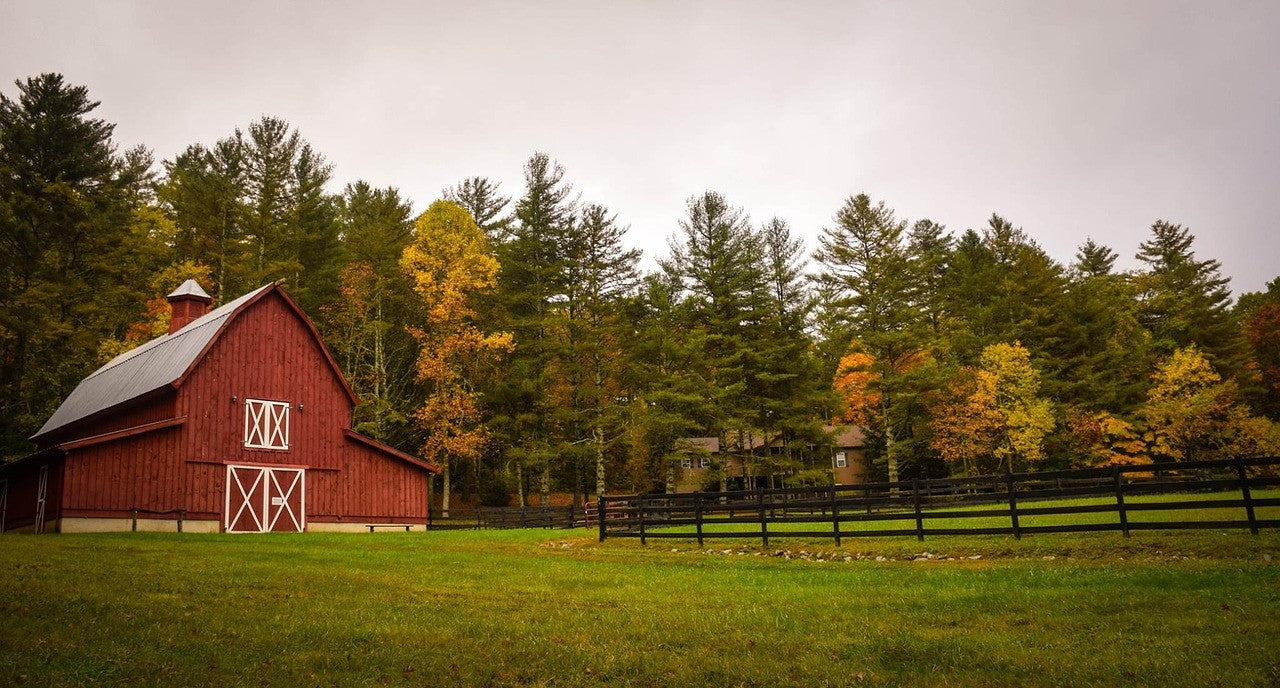
Leave a comment
This site is protected by reCAPTCHA and the Google Privacy Policy and Terms of Service apply.